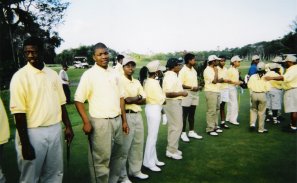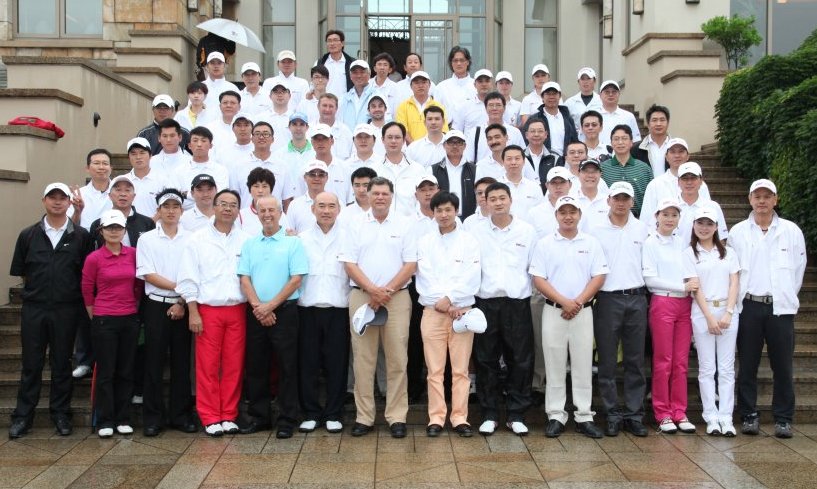Blog
NIKE GOLF DISCOUNT REVIEW
USGTF MEMBER SAVOY INSTRUMENTAL IN JUNIOR GOLF
GOLF MANAGEMENT DVD’s AVAILABLE
FIRST BULGARIAN GOLF TEACHERS FEDERATION TOURNAMENT HELD
USGTF-CHINA GOLF TEACHERS CUP HELD IN SHANGHAI
GREAT AMERICAN TOUR PLAYER – WALTER HAGEN
GREAT AMERICAN TEACHING PROFESSIONAL – MICHEAL CARSON
TEACHING ADVICE ON RHYTHM AND TEMPO
TEACHING STUDENT’S ABOUT PATIENCE
 USGTF Level IV Member
Port St. Lucie, Florida
Golf is a game of a lifetime…and you as a teacher of this amazing game Readmore
USGTF Level IV Member
Port St. Lucie, Florida
Golf is a game of a lifetime…and you as a teacher of this amazing game Readmore









